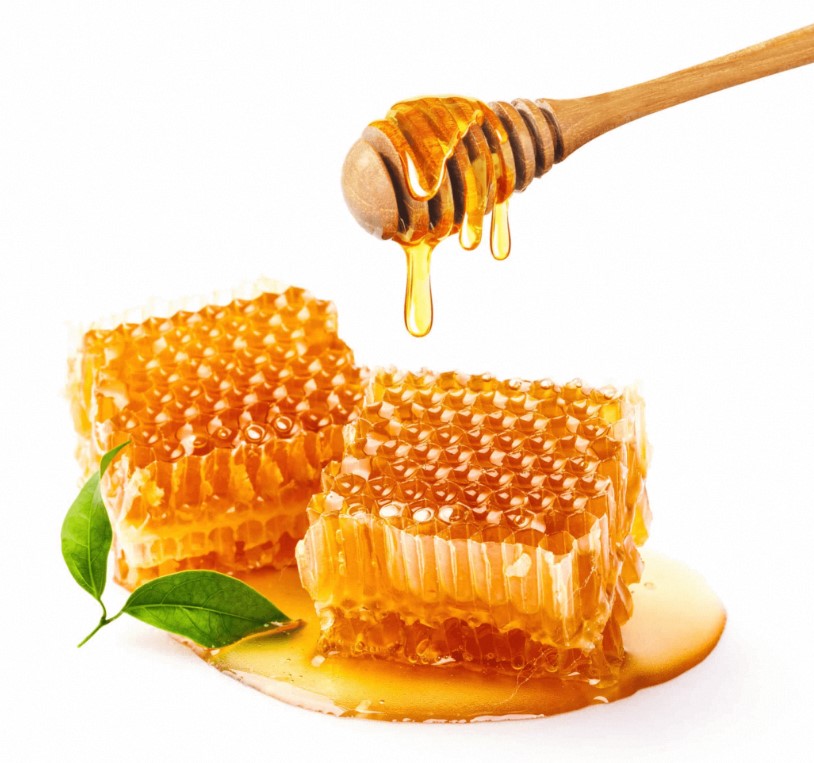Honeycomb is a natural wonder that is prized for its delicious taste and nutritional properties. It is the intricate structure created by bees to store honey and raise their young. Honeycomb is not only nutritious but it is also versatile and can be used in a variety of recipes. However, honeycomb can be a delicate material and requires proper storage and preservation to maintain its freshness and flavor. In this post, we will explore the best ways to store and preserve honeycomb, including four different methods.

Refrigeration
Refrigeration is one of the best ways to store and preserve honeycomb. Honeycomb should be stored in an airtight container or wrapped tightly in plastic wrap to prevent it from drying out and absorbing moisture. Honeycomb can be stored in the refrigerator for up to six months. When you are ready to use the honeycomb, remove it from the refrigerator and allow it to come to room temperature before using it in your recipes.
Freezing
Freezing is another effective method for storing and preserving honeycomb. To freeze honeycomb, wrap it tightly in plastic wrap and then place it in a freezer-safe container or bag. Honeycomb can be stored in the freezer for up to a year. When you are ready to use the honeycomb, remove it from the freezer and allow it to thaw at room temperature before using it in your recipes.
Dehydrating
Dehydrating is a method that removes the moisture from honeycomb, making it easier to store and preserve. You can dehydrate honeycomb by placing it on a baking sheet and then placing it in an oven or dehydrator set to a low temperature. Dehydrating can take several hours, so be patient. Once the honeycomb is completely dehydrated, store it in an airtight container in a cool, dry place. Dehydrated honeycomb can last up to a year.
Wax Coating
One traditional method of storing and preserving honeycomb is by coating it with beeswax. Beeswax is a natural material that has antibacterial properties, which can help to preserve honeycomb. To coat honeycomb with beeswax, melt the beeswax in a double boiler and then dip the honeycomb into the melted wax. Allow the wax to dry and harden before storing the honeycomb in an airtight container or wrapping it tightly in plastic wrap. Honeycomb coated with beeswax can last up to a year.
In conclusion, honeycomb is a delicate material that requires proper storage and preservation to maintain its freshness and flavor. Refrigeration and freezing are effective methods for storing honeycomb, while dehydrating and wax coating are methods that can help to preserve honeycomb for longer periods of time. Whatever method you choose, it is important to store honeycomb in an airtight container or wrap it tightly in plastic wrap to prevent it from drying out or absorbing moisture. When you are ready to use honeycomb, allow it to come to room temperature before using it in your recipes. With proper storage and preservation, honeycomb can be enjoyed for months or even years to come.
It is important to note that the storage and preservation of honeycomb can vary depending on its source and purity. Raw honeycomb that has not been pasteurized or heated may contain residual pollen and other natural compounds that can contribute to its flavor and nutritional benefits. In contrast, commercial honeycomb that has been processed or heated may not have the same level of purity or nutritional value.
Conclusion
To ensure the quality and purity of your honeycomb, it is important to source it from a reputable supplier. Local beekeepers or specialty stores that specialize in natural and organic products are good sources for raw honeycomb. When purchasing honeycomb, look for signs of freshness such as a light color, firmness, and a sweet aroma.
In addition to proper storage and preservation, it is also important to handle honeycomb with care. Honeycomb is delicate and can crumble or break easily, so it is important to handle it gently. If you need to cut or break honeycomb, use a sharp knife or scissors and work slowly and carefully.
In conclusion, honeycomb is a natural wonder that is prized for its nutritional properties and delicious taste. Proper storage and preservation can help to maintain its freshness and flavor, allowing you to enjoy it in a variety of recipes. Whether you choose to refrigerate, freeze, dehydrate, or wax coat your honeycomb, it is important to store it in an airtight container or wrap it tightly in plastic to prevent it from drying out or absorbing moisture. With proper storage and handling, honeycomb can be a delicious and nutritious addition to your diet.